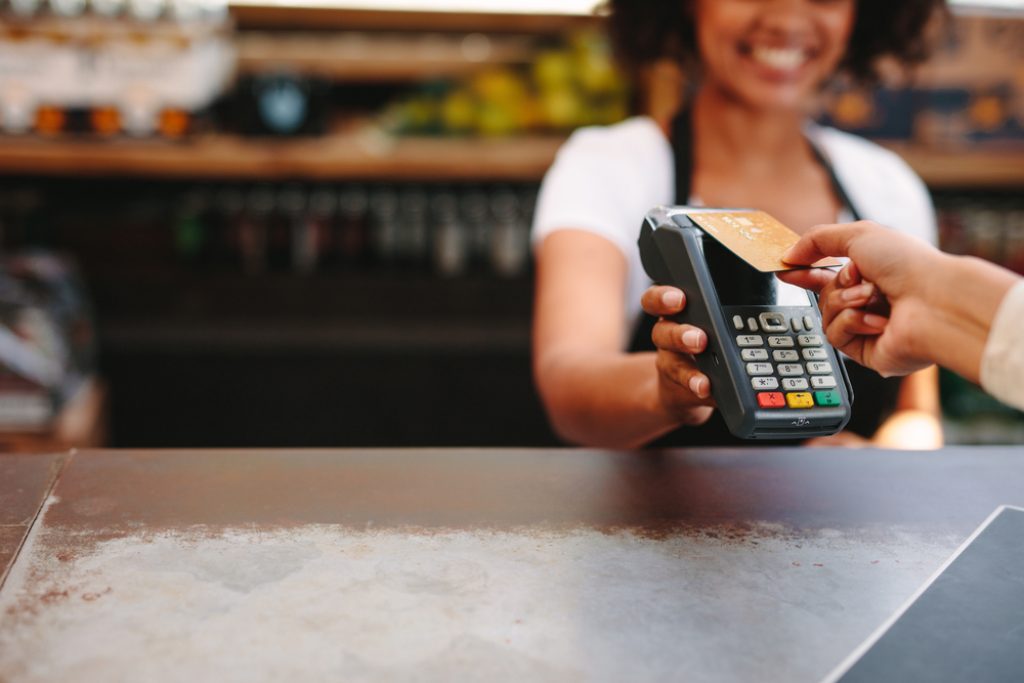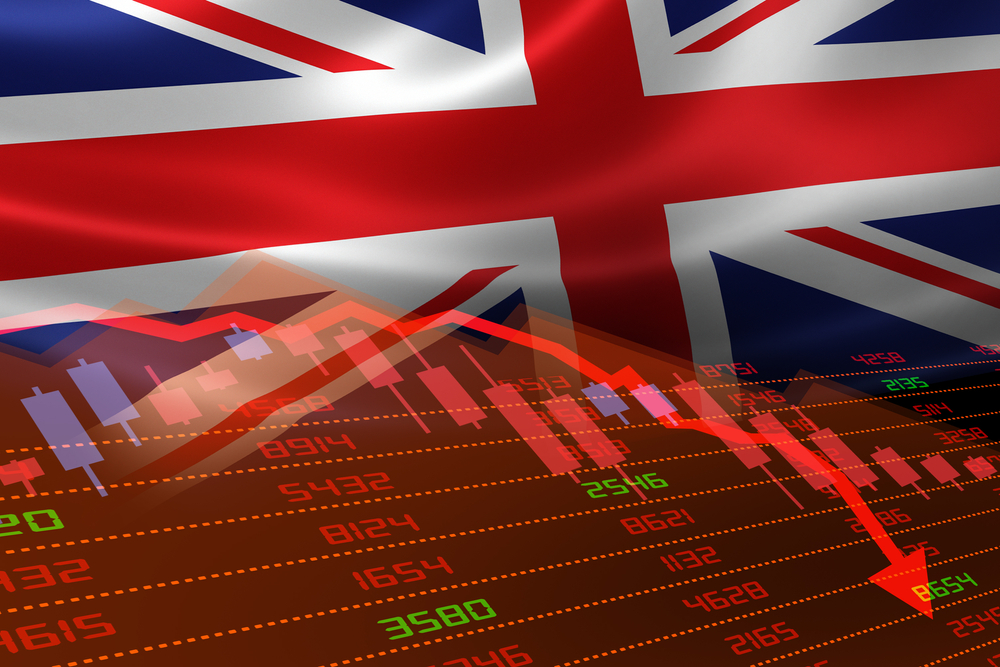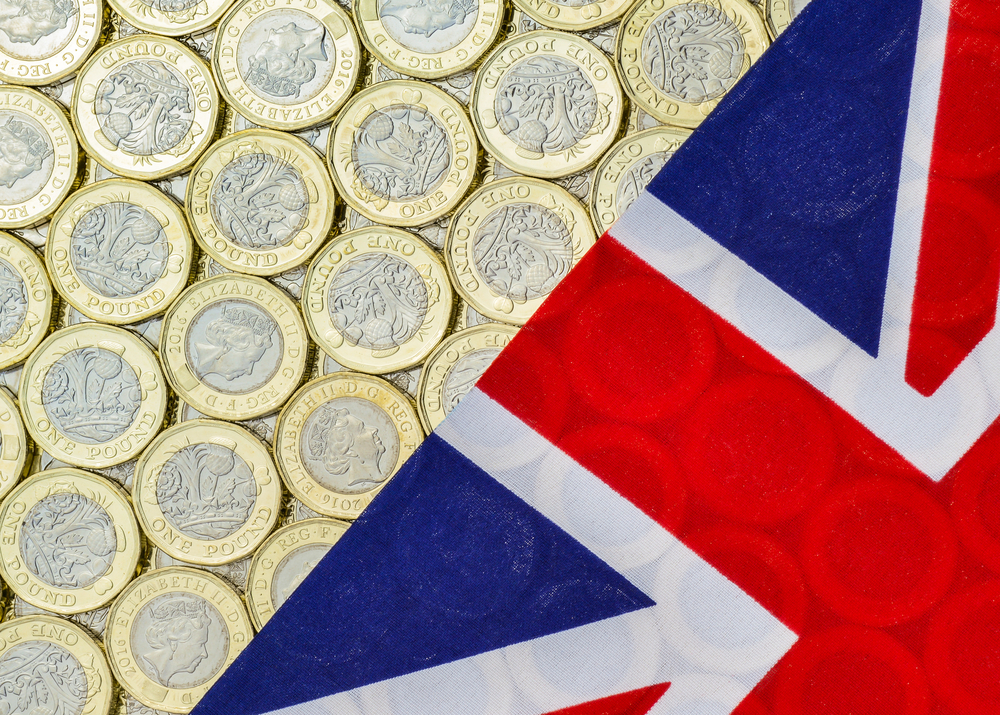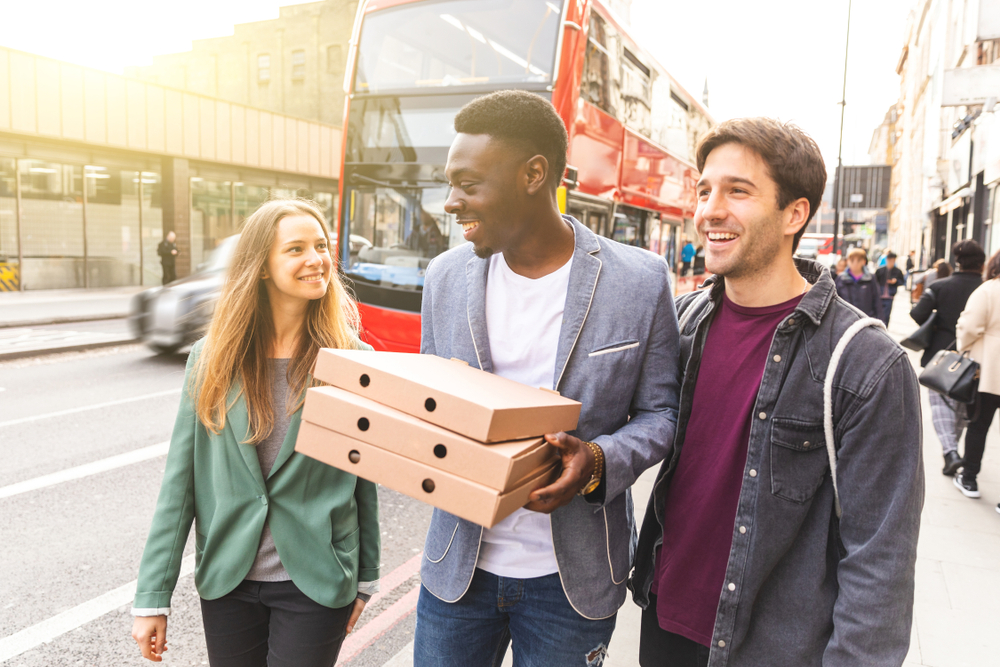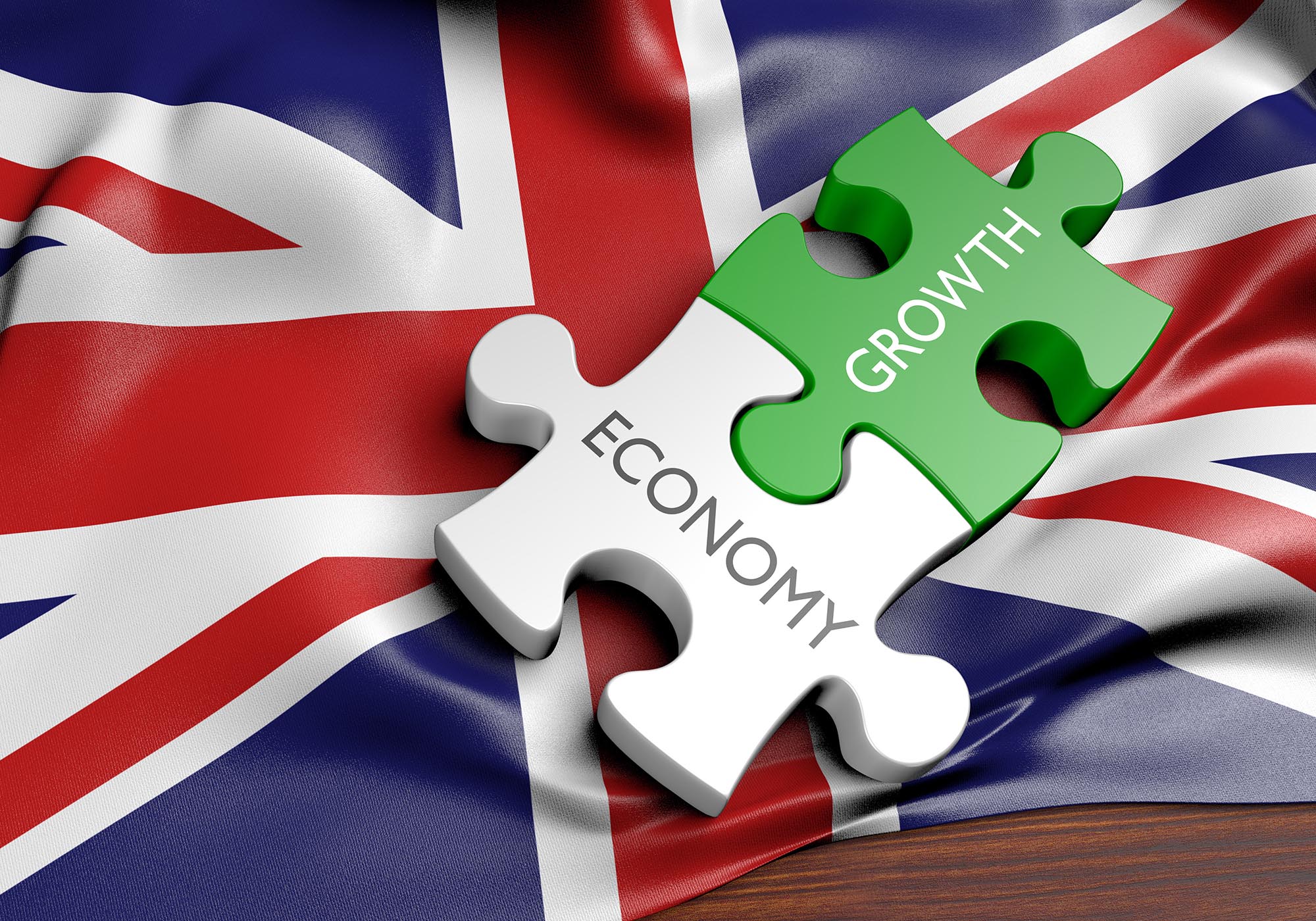Over 80% of shoppers aged between 85 and 95 used contactless card payments last year, customer spending data reveals.
The increase in contactless card usage came as part of a 4.1% surge in over 65s’ usage, and 2023 is the third year in a row that they were the fastest-growing age group who adopted the payment method.
While the gap between contactless payment use is narrowing between younger and older spenders, a physical card is still preferred by over-75s to mobile phone wallets, according to Barclays’ research.
Only 3% of the age group prefer mobile payment, compared to a quarter (25%) of 18-34-year-olds. Over one in five (22%) of younger users even leave their cards at home, whereas only 1% of cardholders over 75 choose to do that when going out.
Across the UK, ‘touch-and-pay’ transactions up to £100 accounted for 93% of all in-store payments and, on average, cardholders spent £3,623 during 2023. This marks a rise of 8.9% in the previous year.
QR codes preferred by 15% of younger diners
On average, card users made 231 transactions throughout the year – a boost from 220 in 2022, and the average purchase amount also increased, going up 3.8% to £15.69.
Meanwhile, the reliance on tapping a card or phone instead of using chip and PIN led to nearly one in five (18%) of 2,000 respondents saying they’ve struggled to recall their PIN when asked for it.
Diners who eat out went a step further in embracing technology, and a sizeable number prefer to scan a QR code on their phone instead of using their card or cash.
Just under one in seven (15%) 18-34-year-olds prefer that option, which often removes the need to wait for a bill to arrive or for a card machine to be presented by staff.
Customers splashing out with contactless card payments follows a separate study that found cash payments experienced a mini-revival in 2023, with the number of cash users rising for the first time in a decade.
More bricks-and-mortar businesses are integrating the technology
Karen Johnson, head of retail at Barclays, said: “Since we rolled out contactless payments to the UK in 2007, it has firmly cemented itself as the UK’s favourite payment method, thanks to its speed and convenience.
“Given the growing number of cashless businesses, I’m pleased to see that many older shoppers are embracing touch-and-go, and that the gap in contactless usage between age demographics continues to narrow.”
Johnson added: “In 2024, we expect to see a greater shift to payments using mobile wallets, as more bricks-and-mortar businesses integrate the technology into their customer experience. Many of our hospitality and leisure clients are finding success by giving customers the ability to order and pay from their table by scanning a QR code.
“Customers like it because they don’t have to wait for the bill, meaning they can squeeze in an extra round of drinks or a dessert before they need to leave, and the business frees up more capacity for waitstaff, boosting productivity.”
